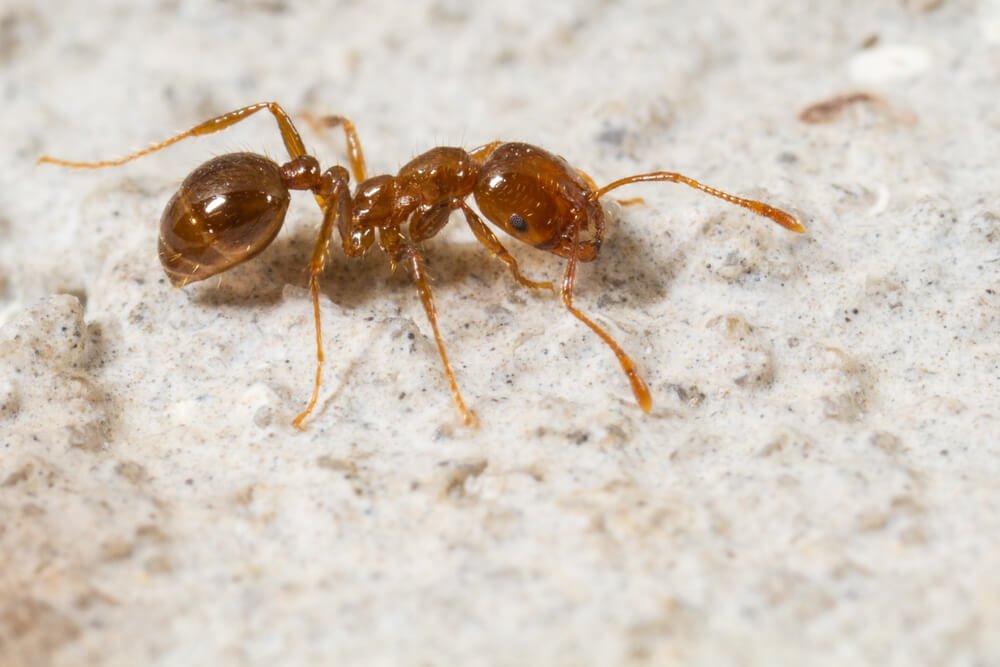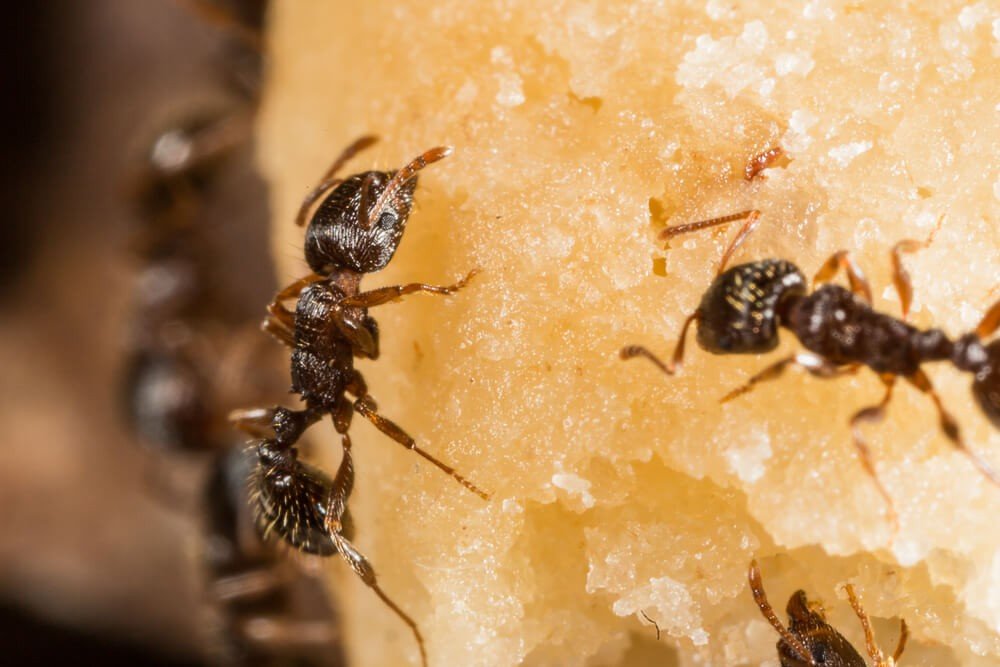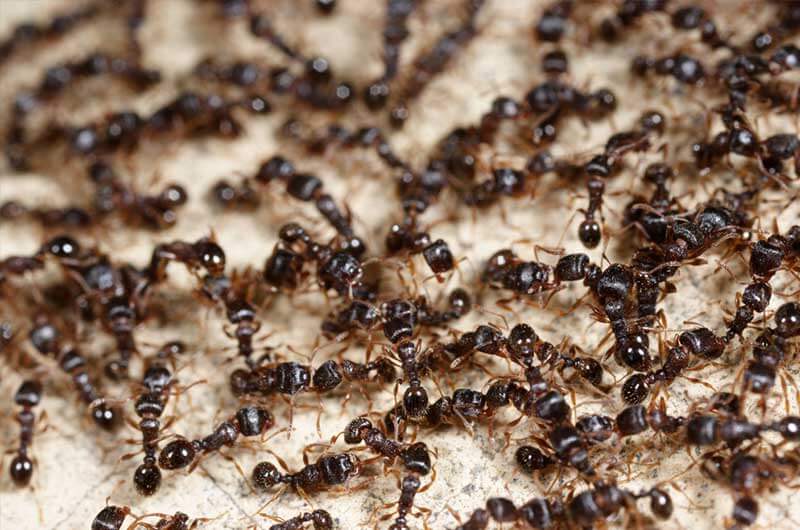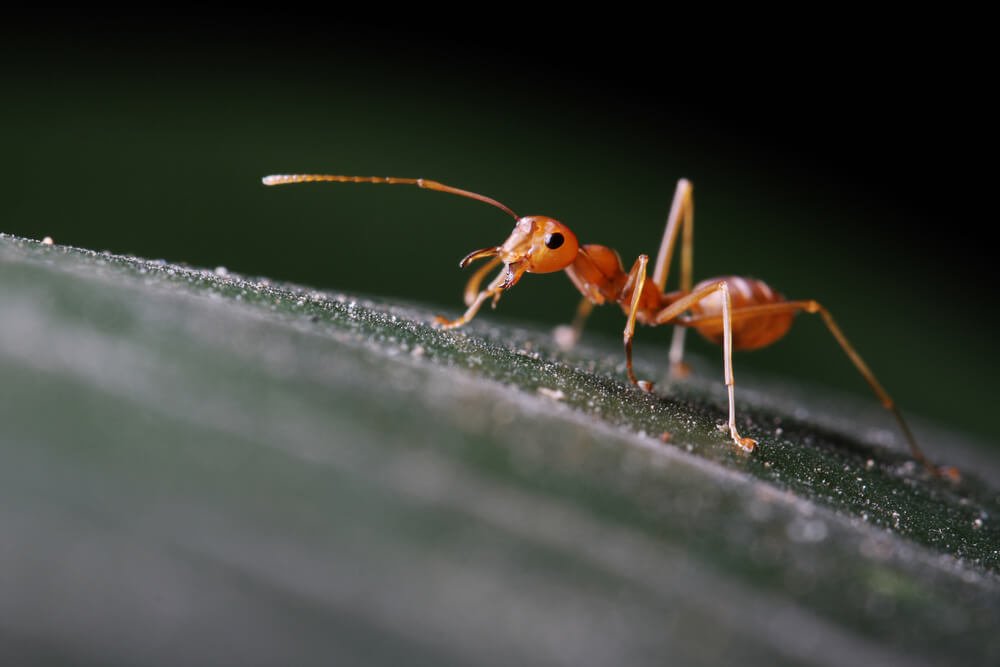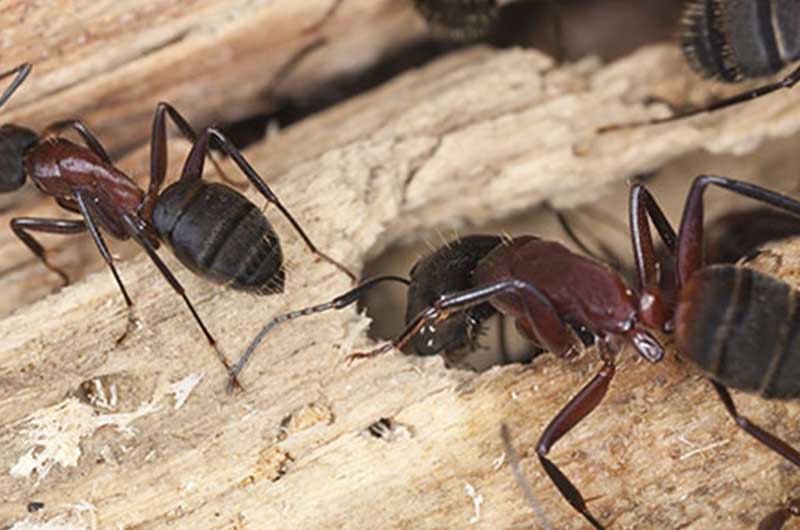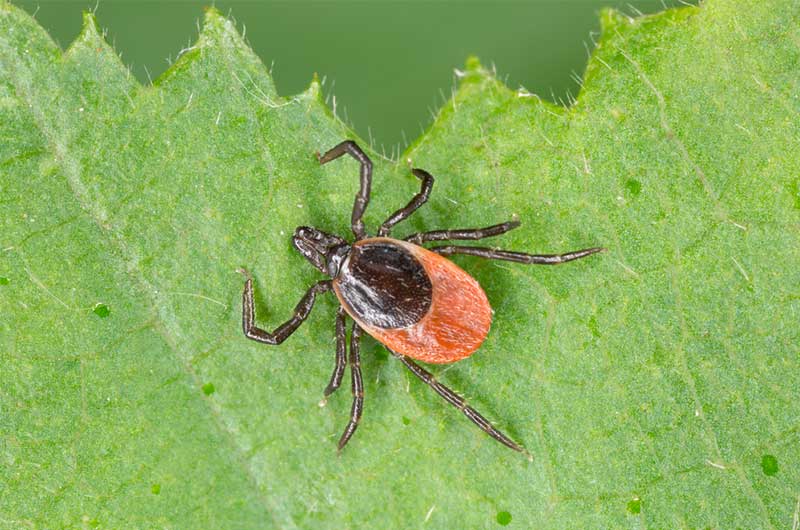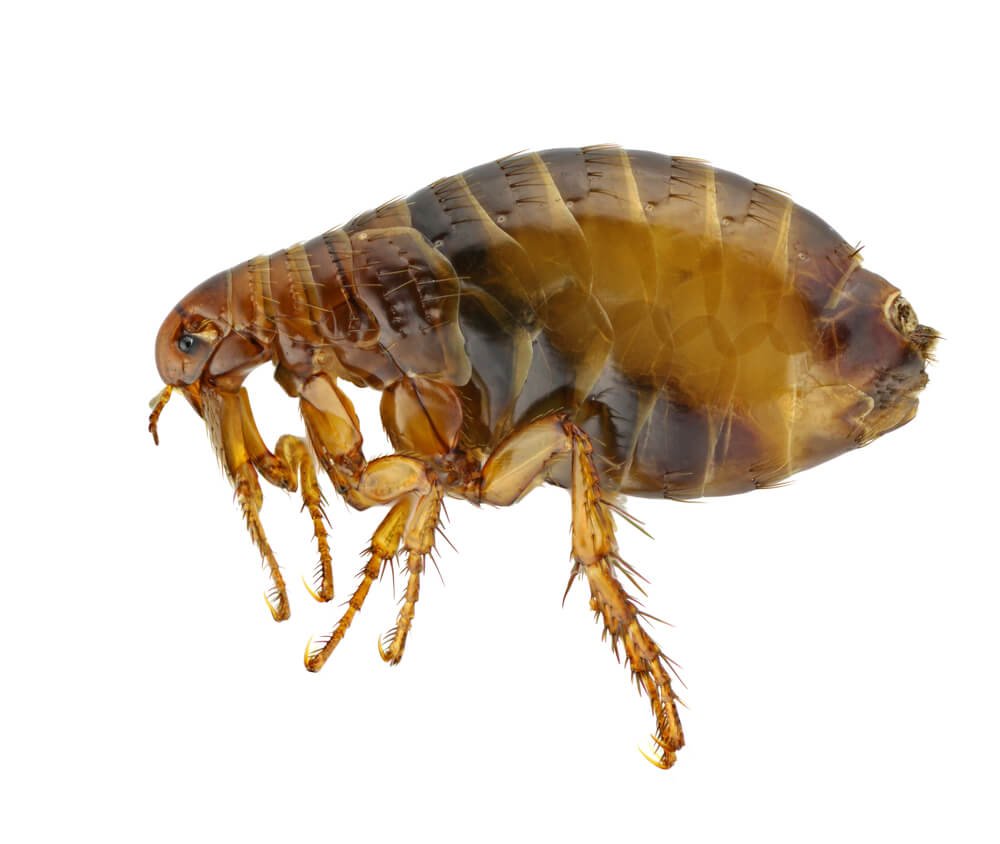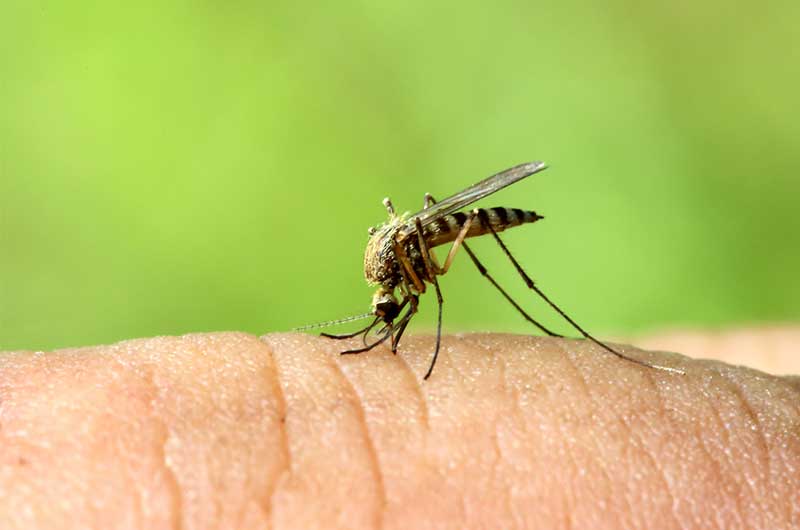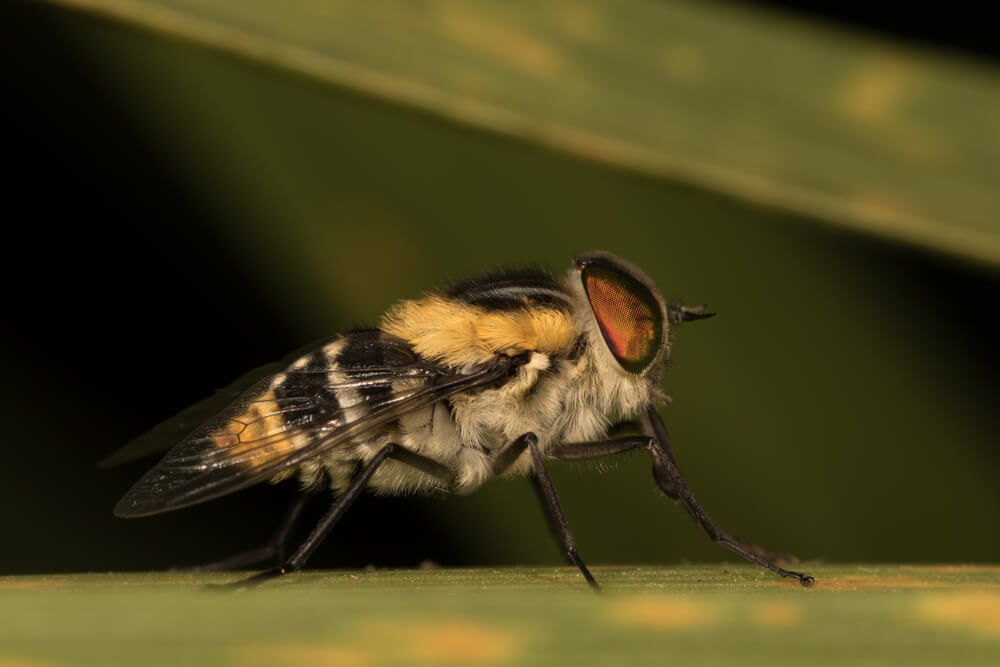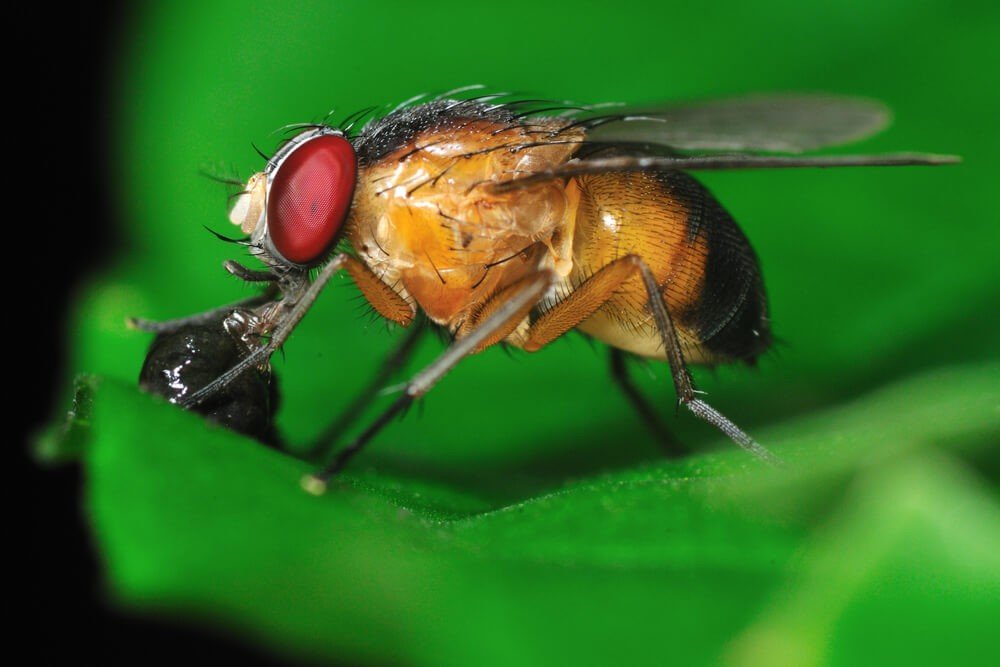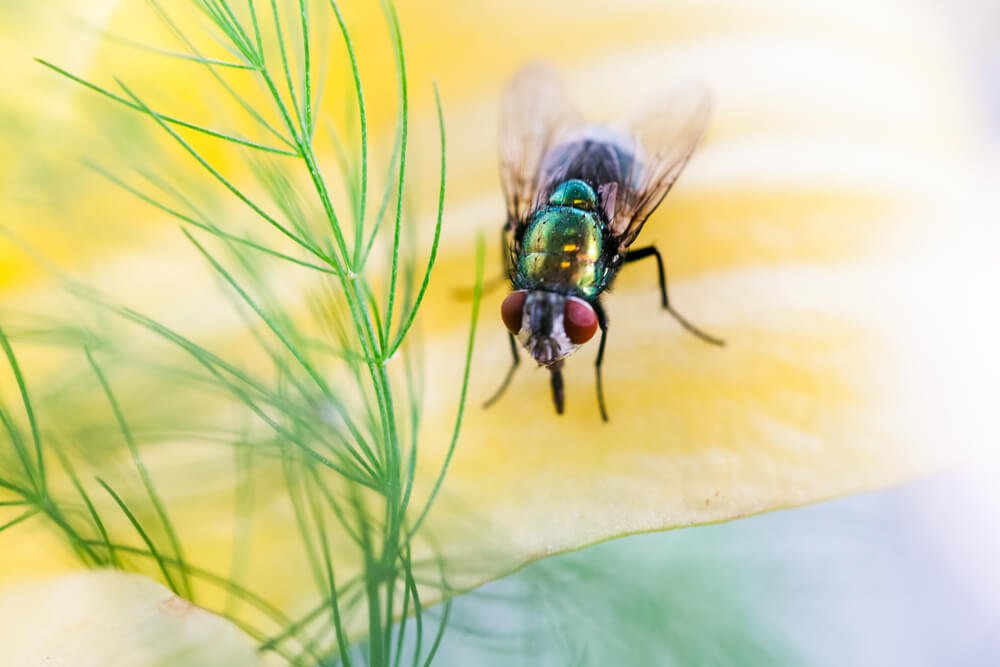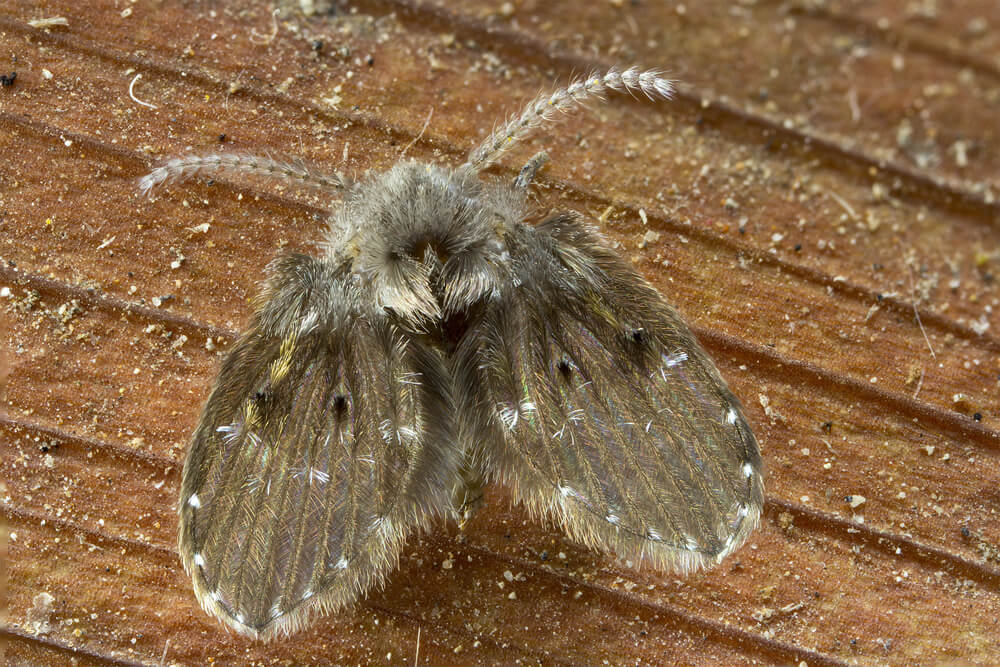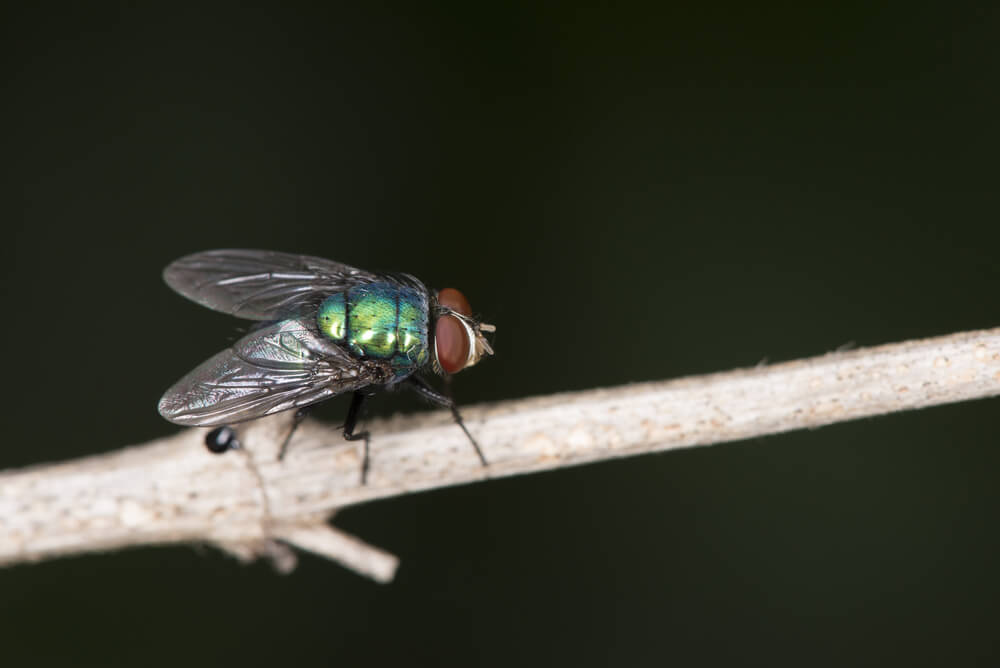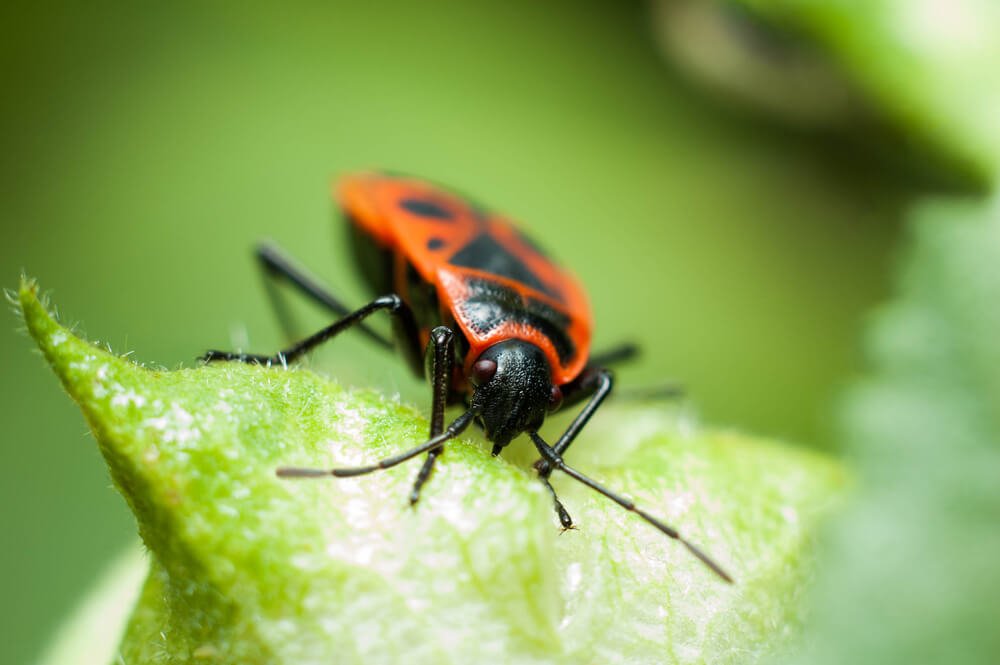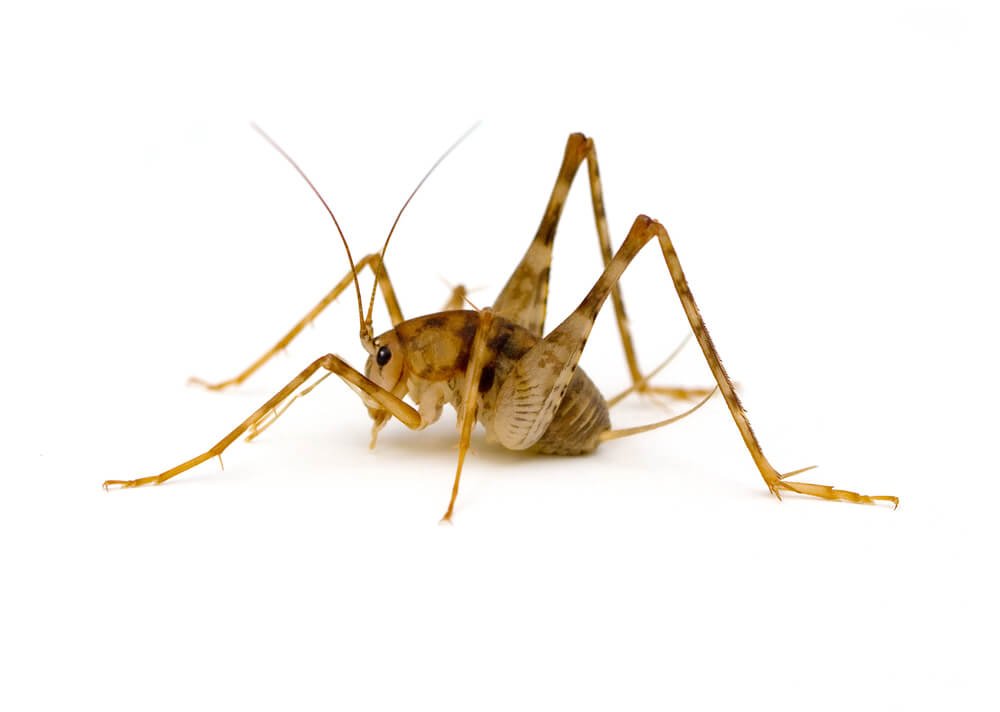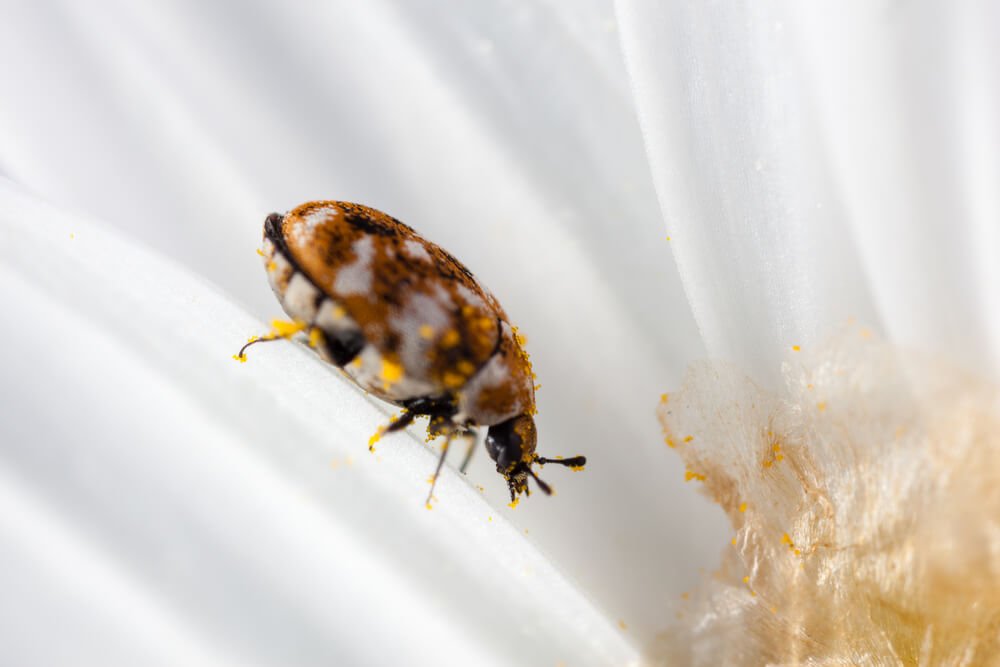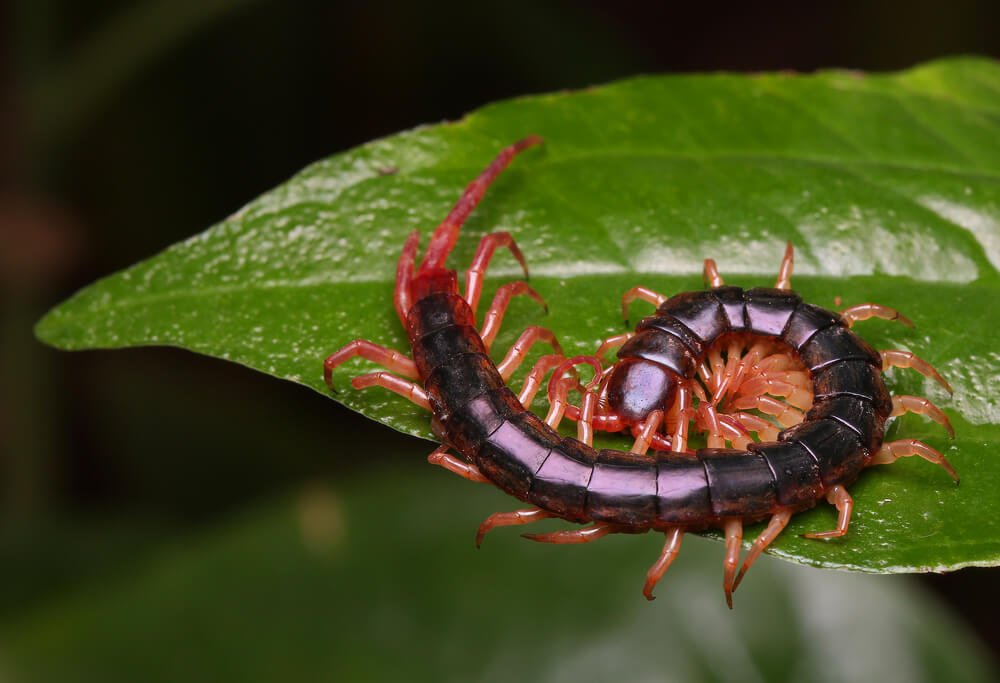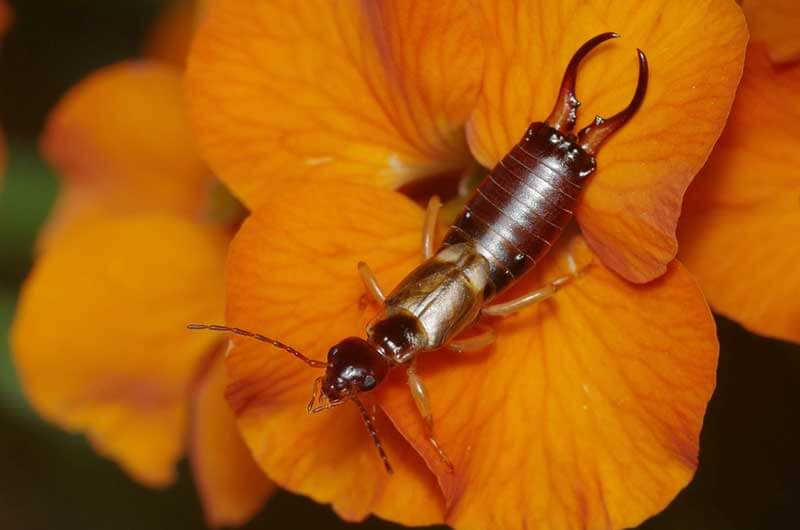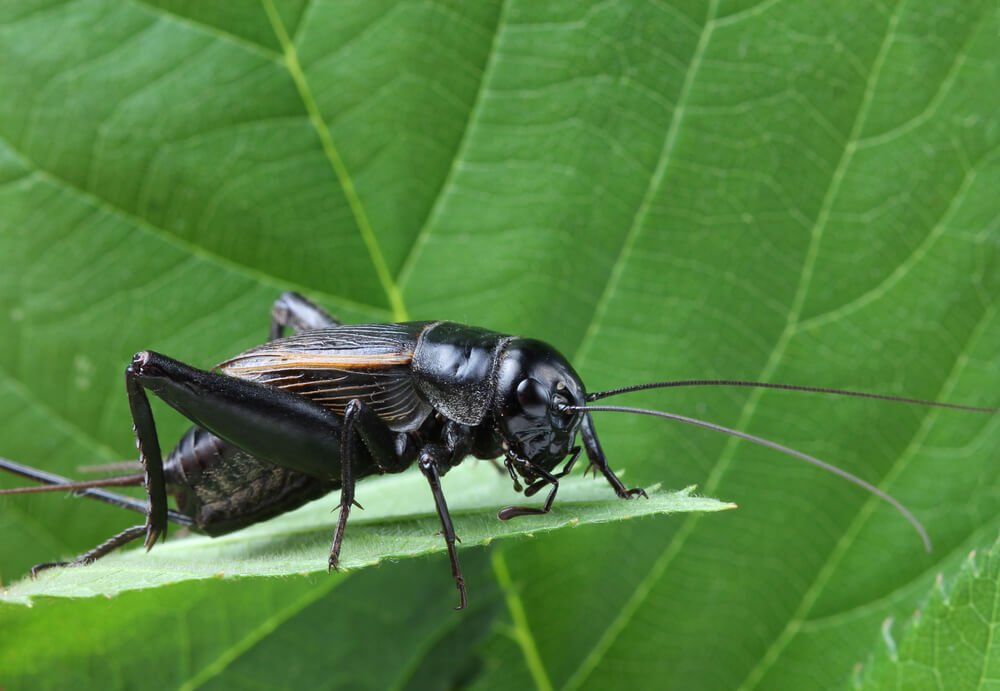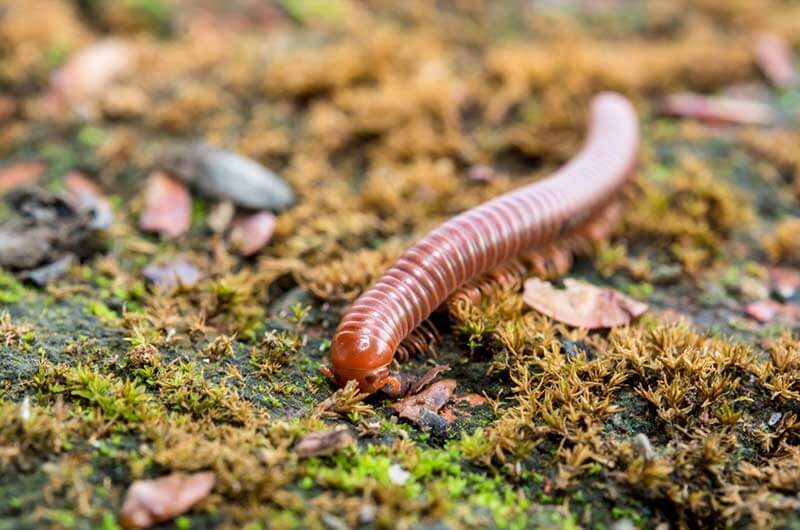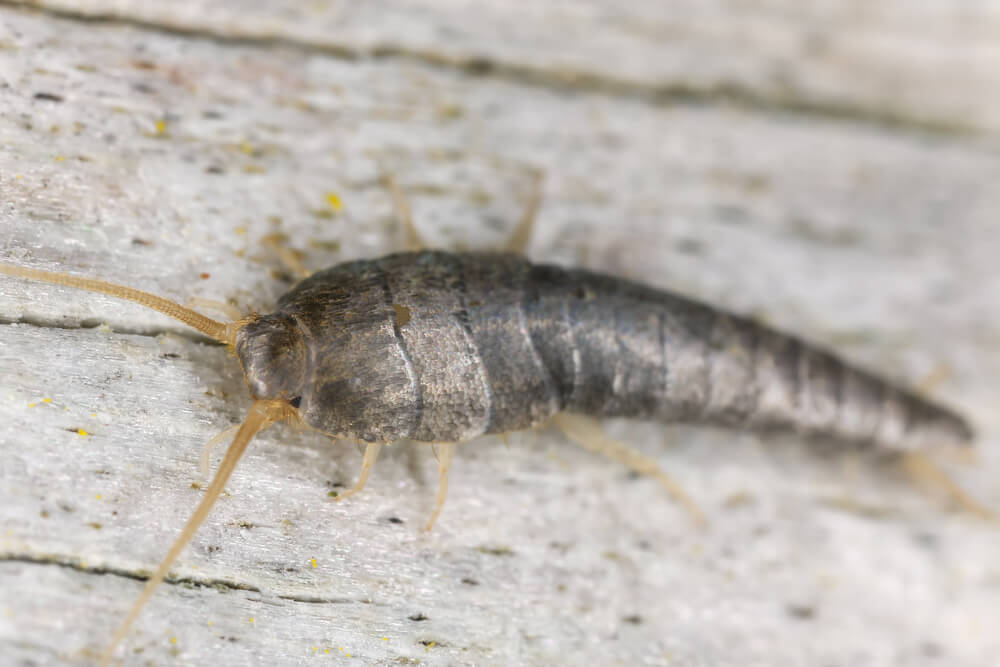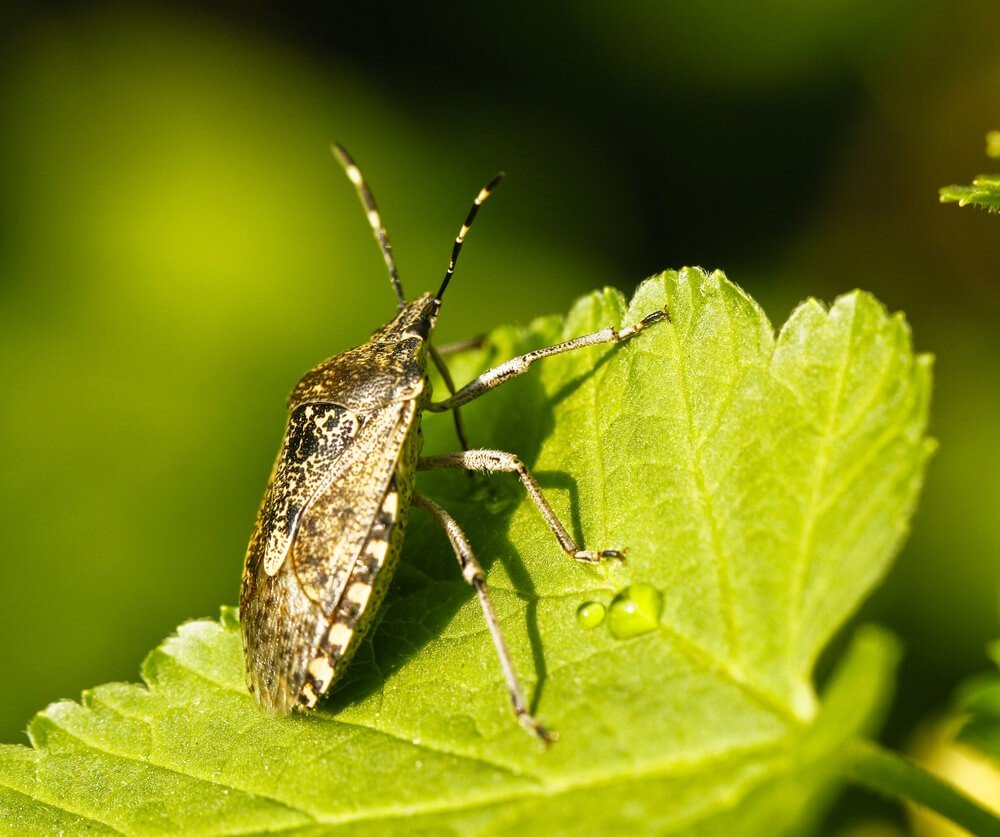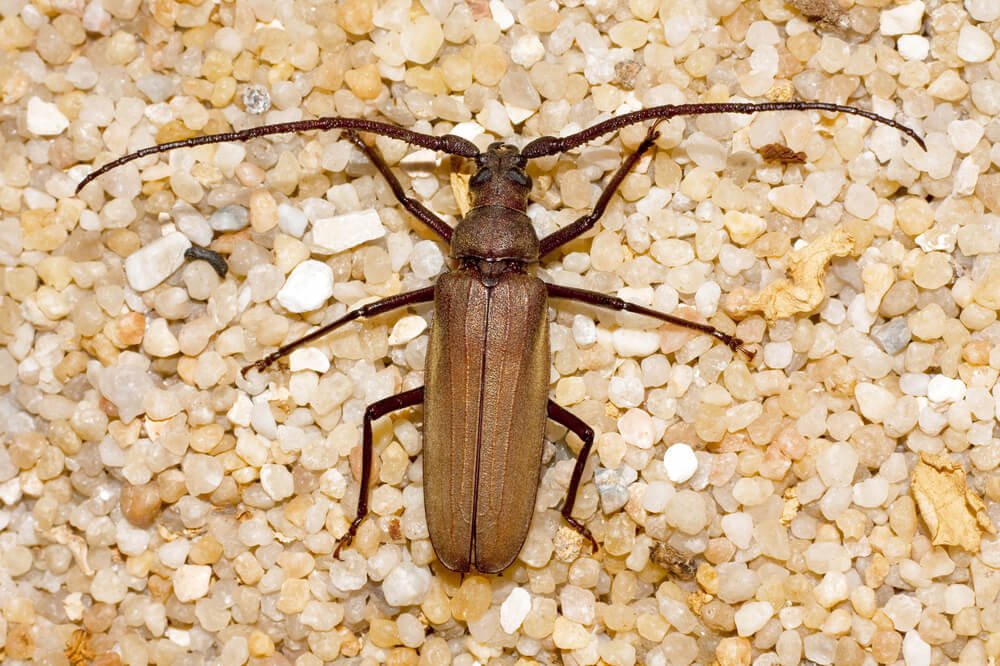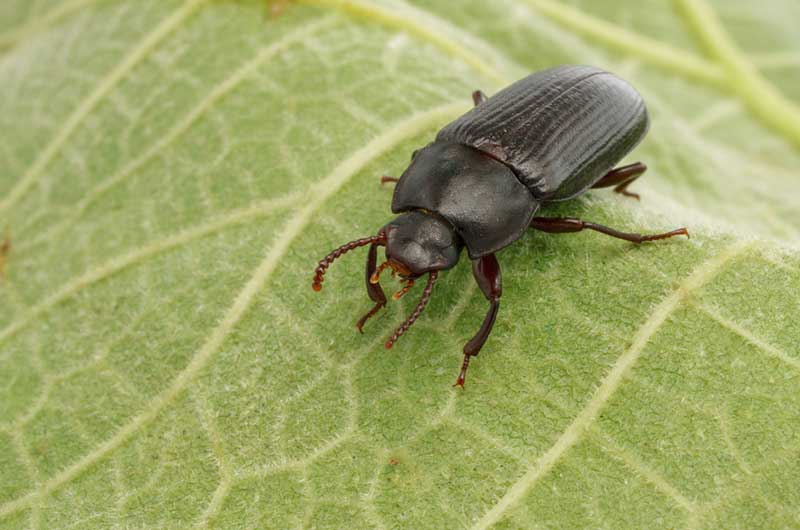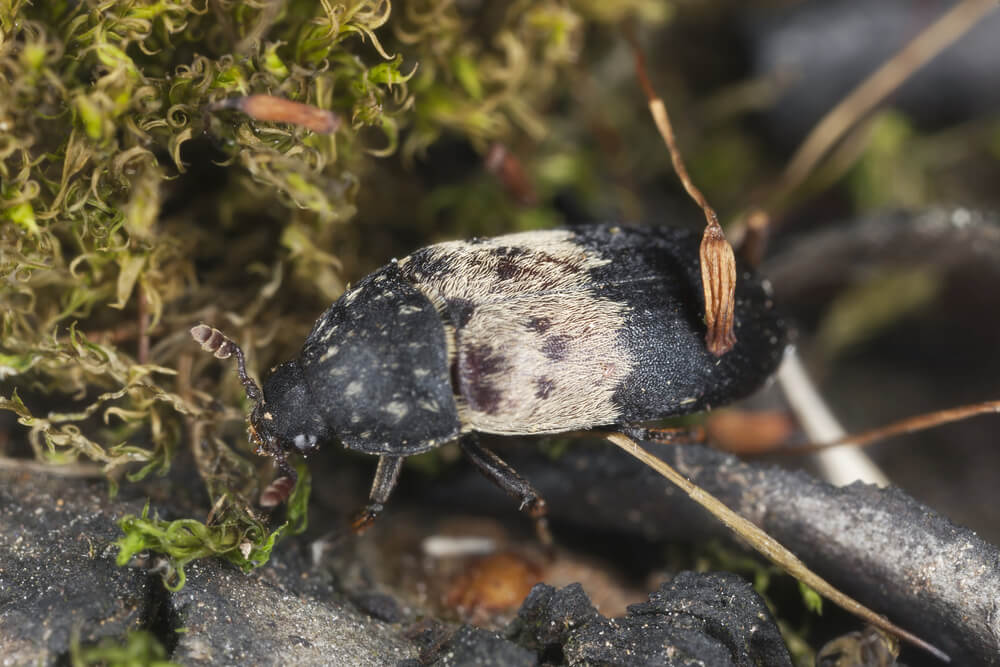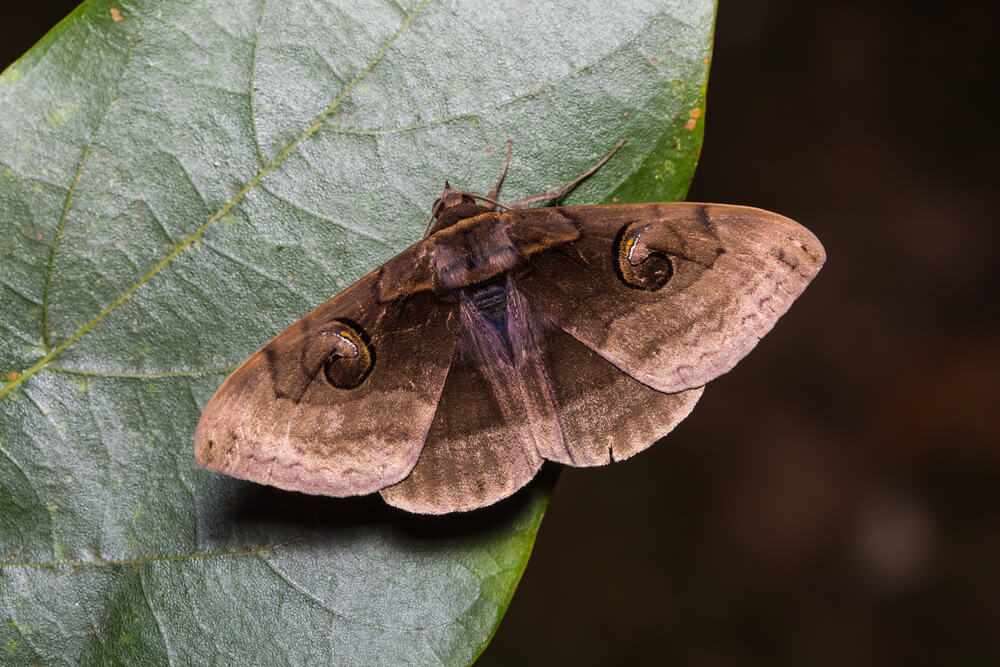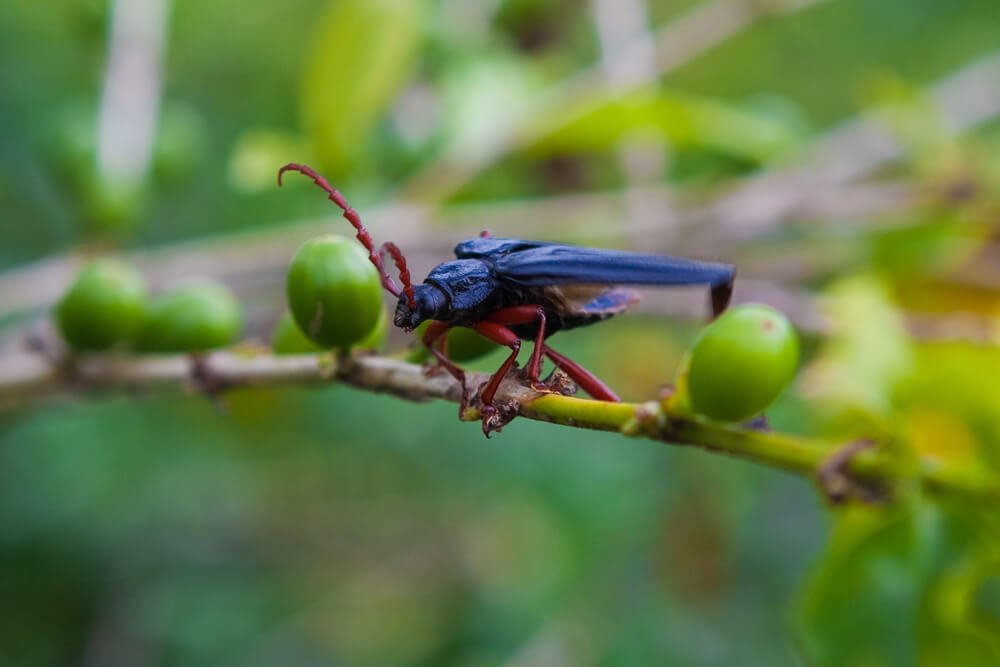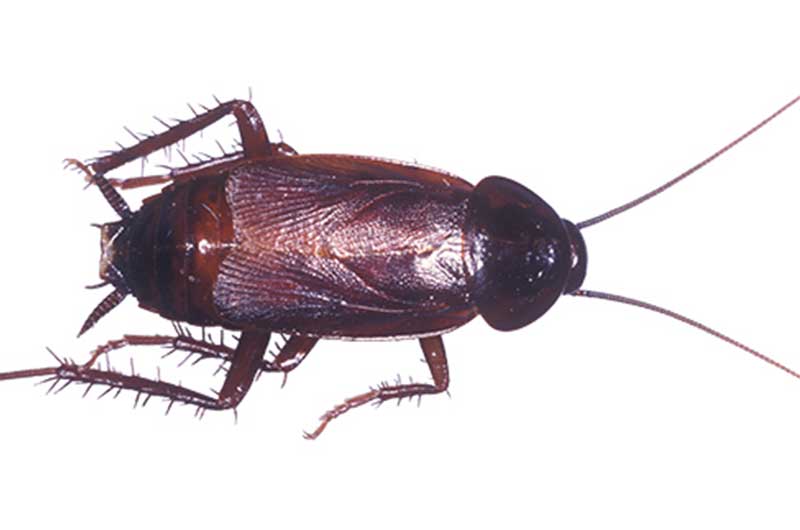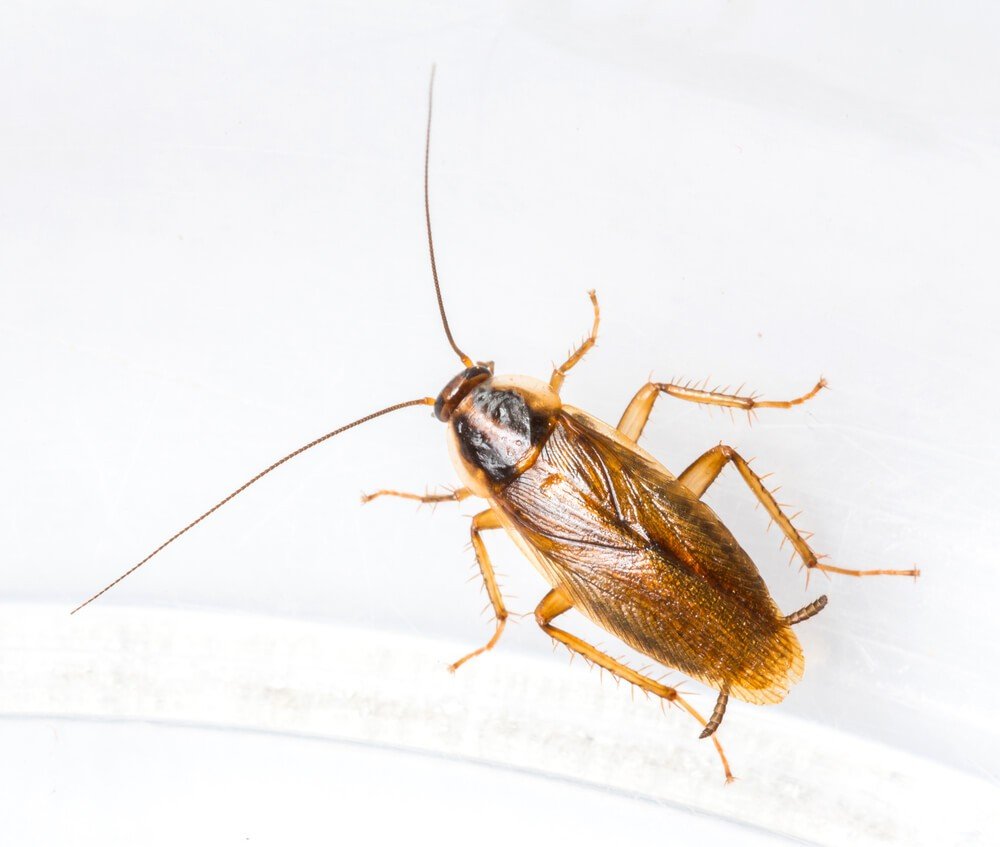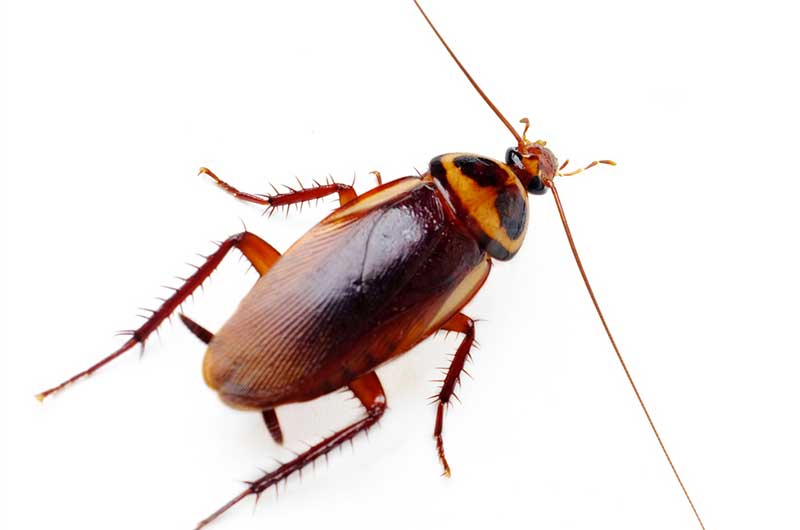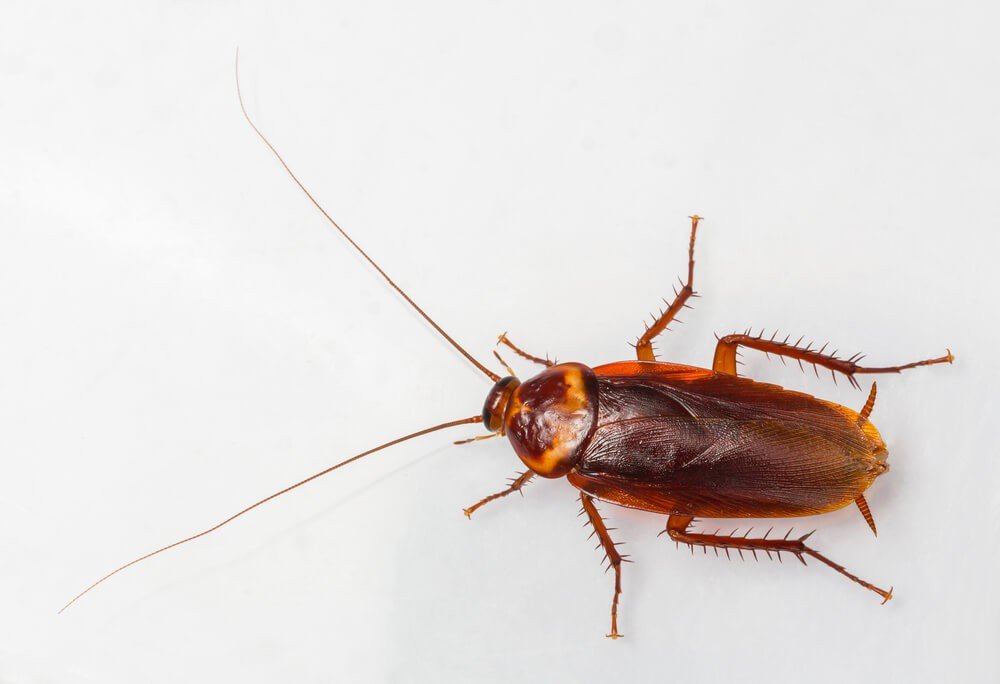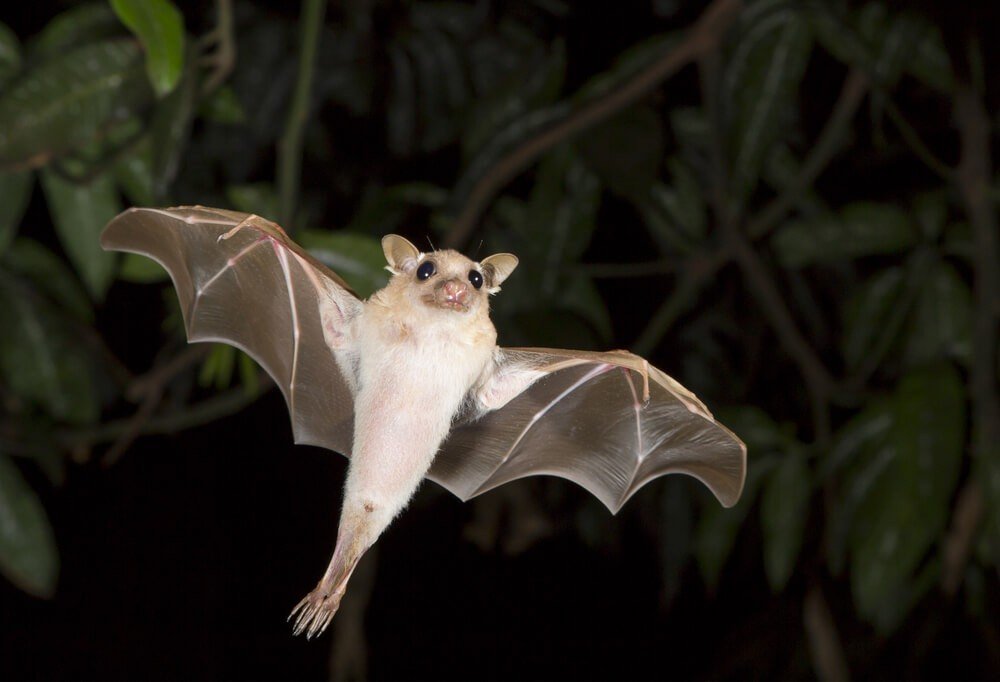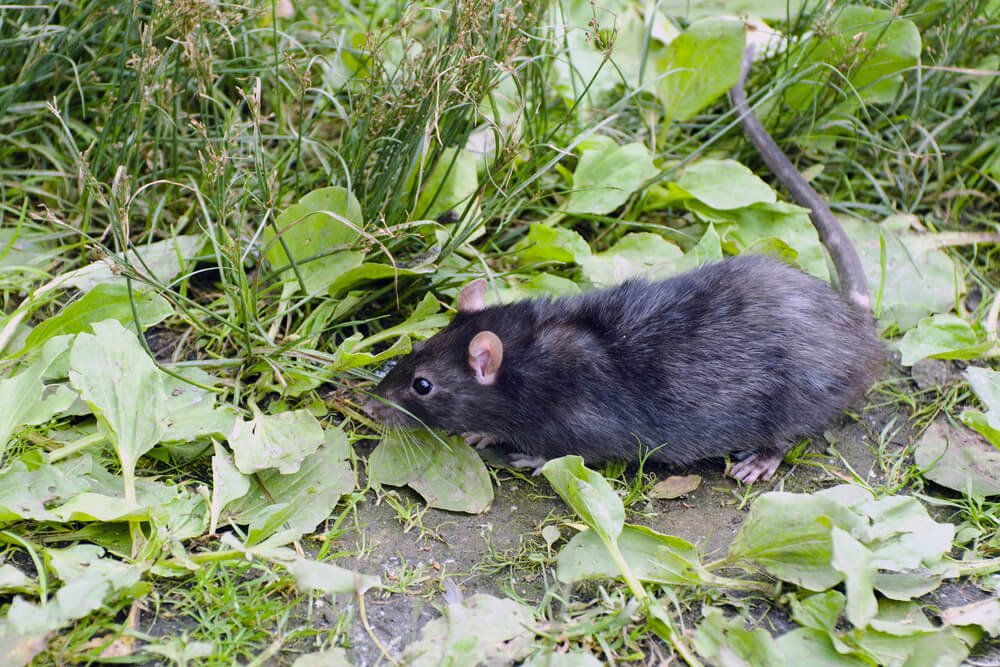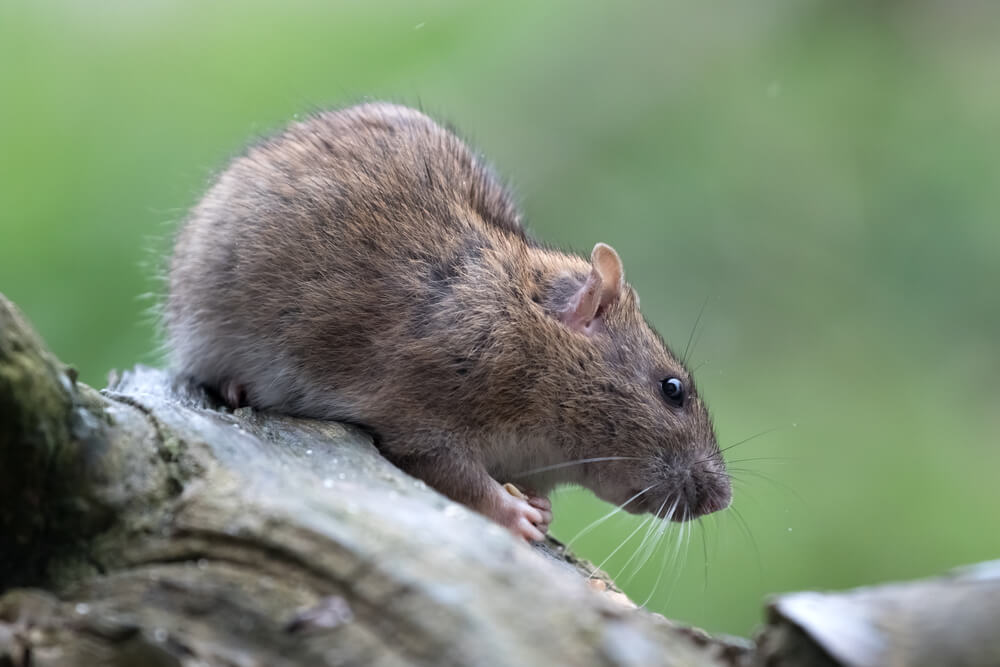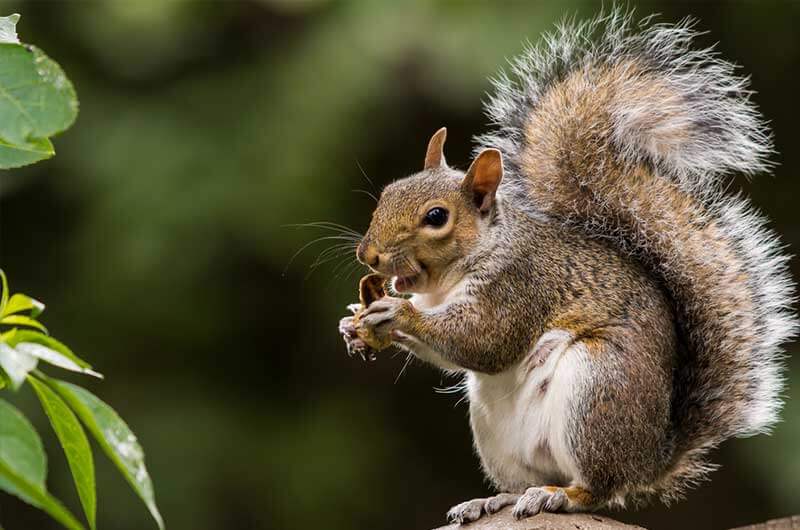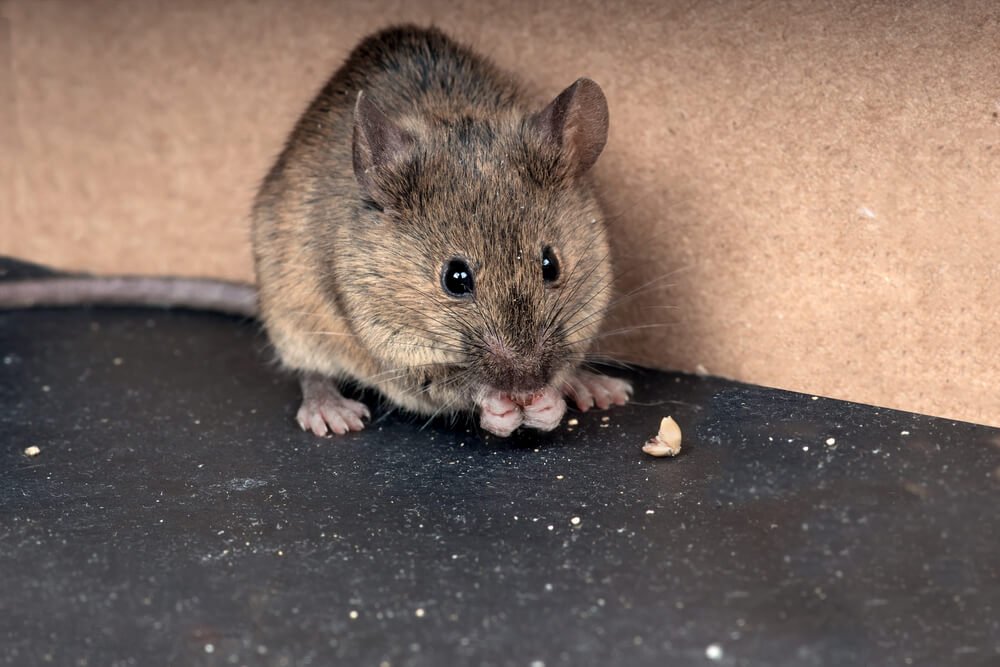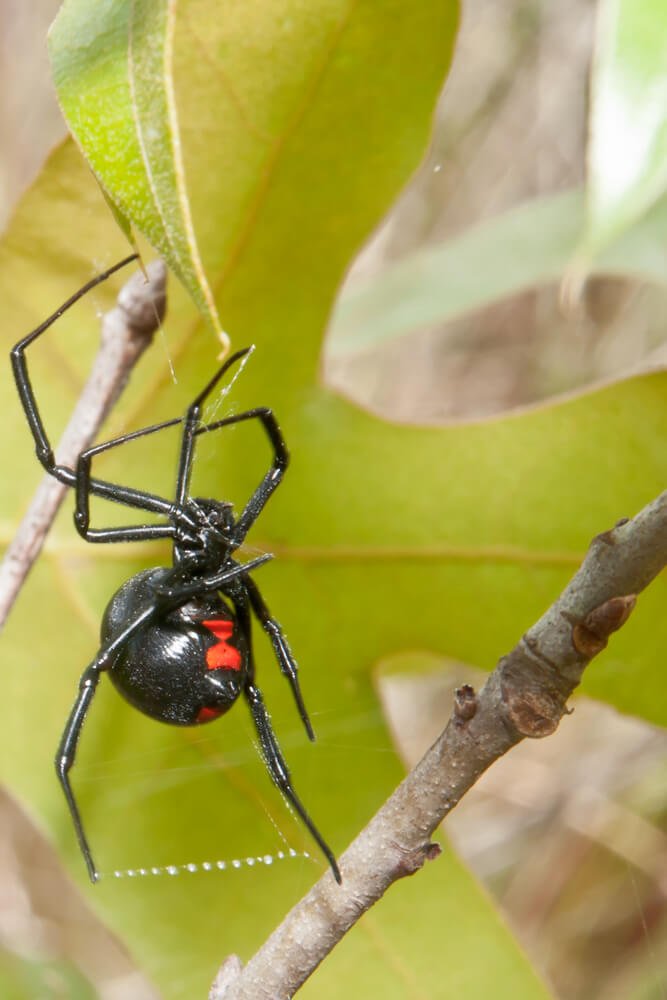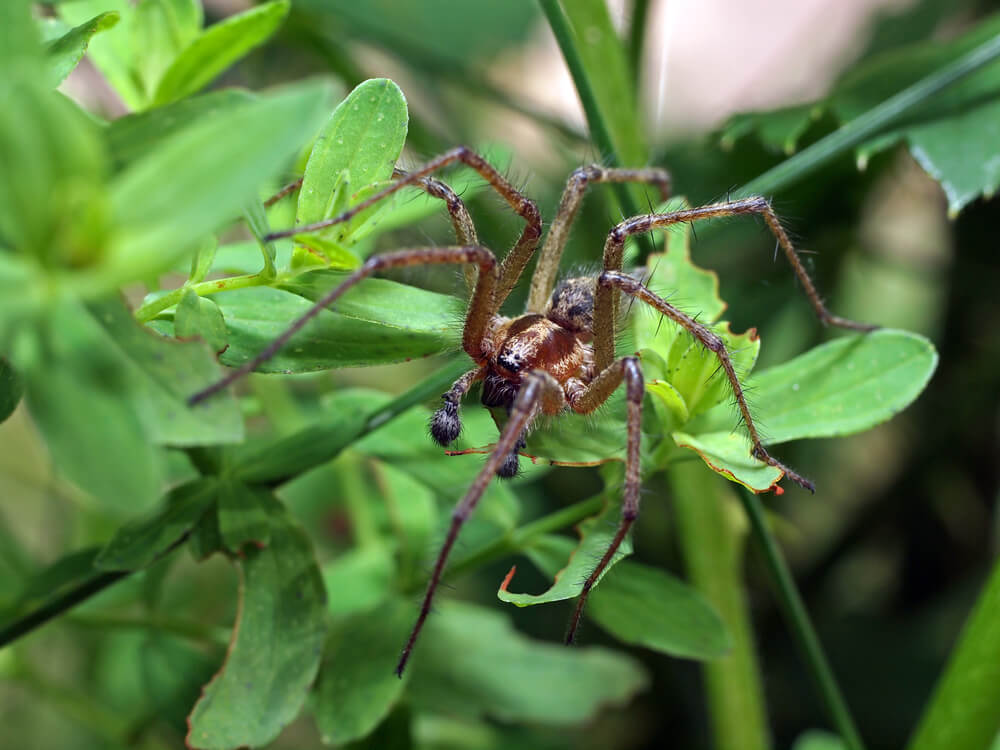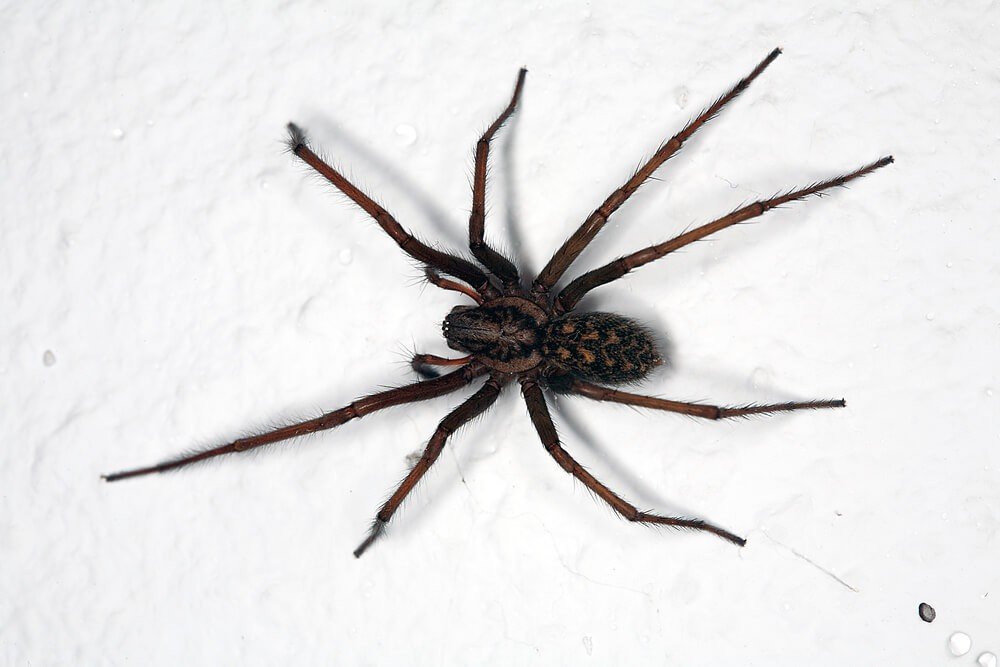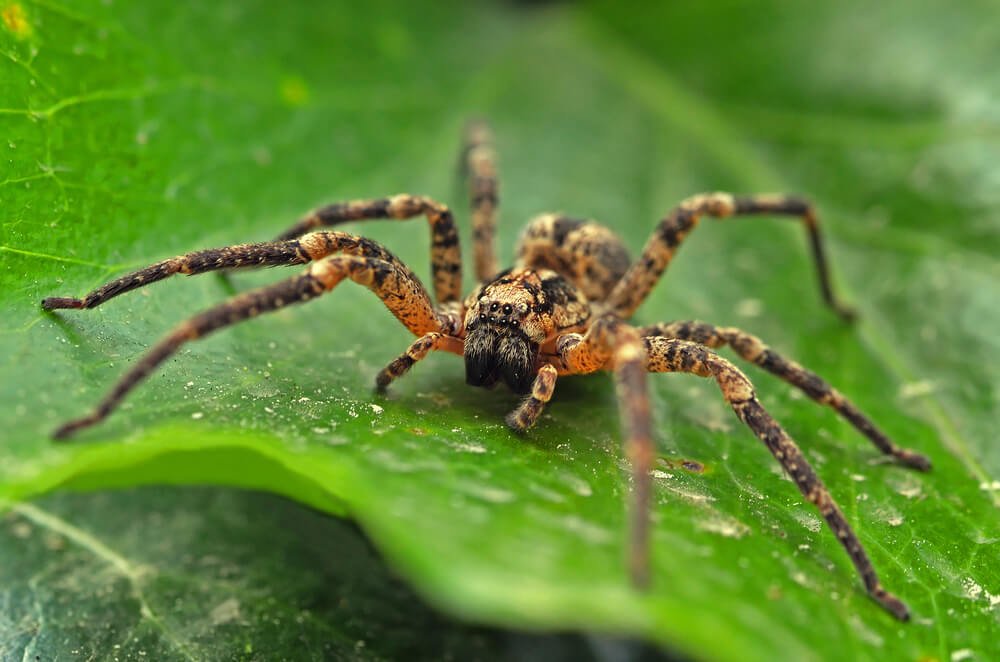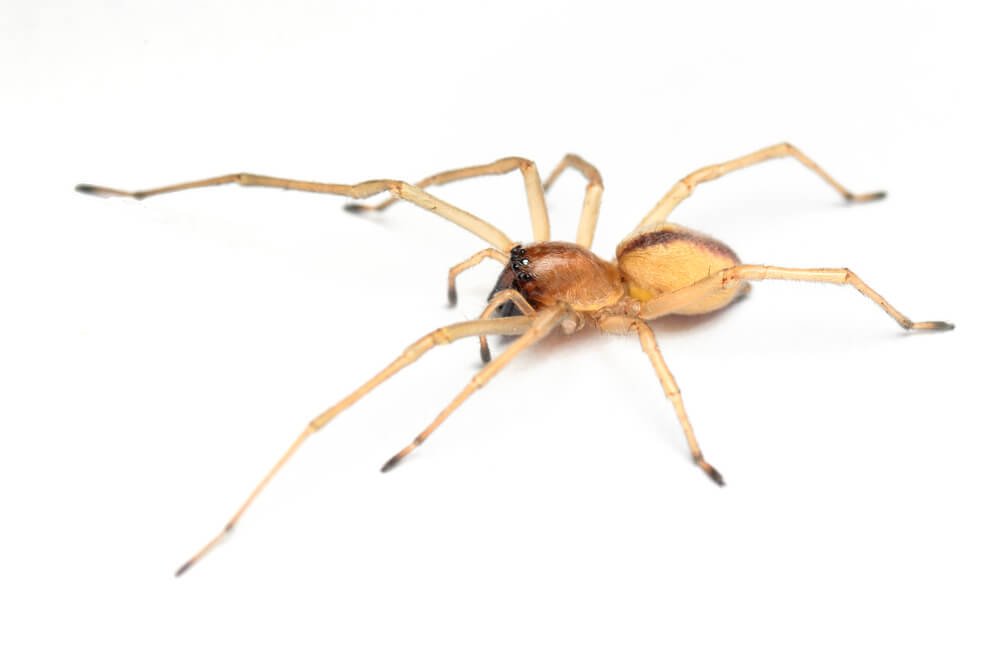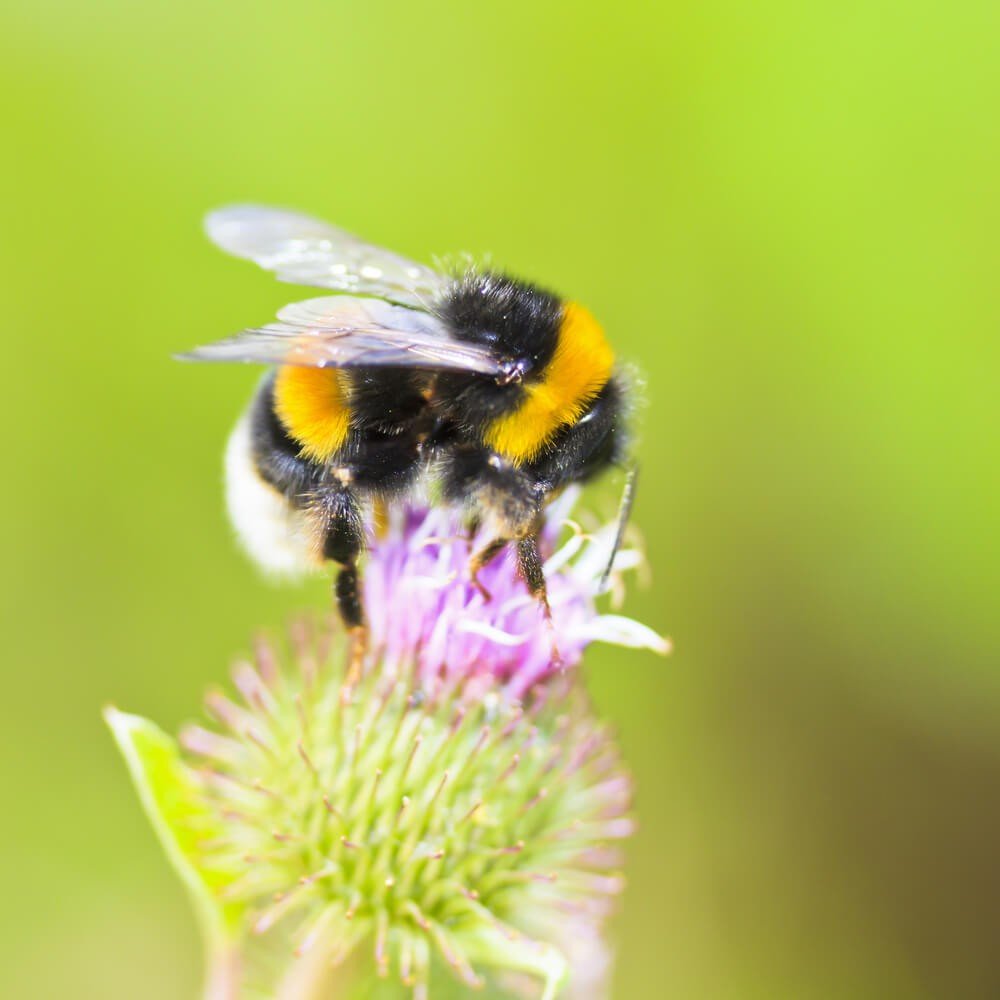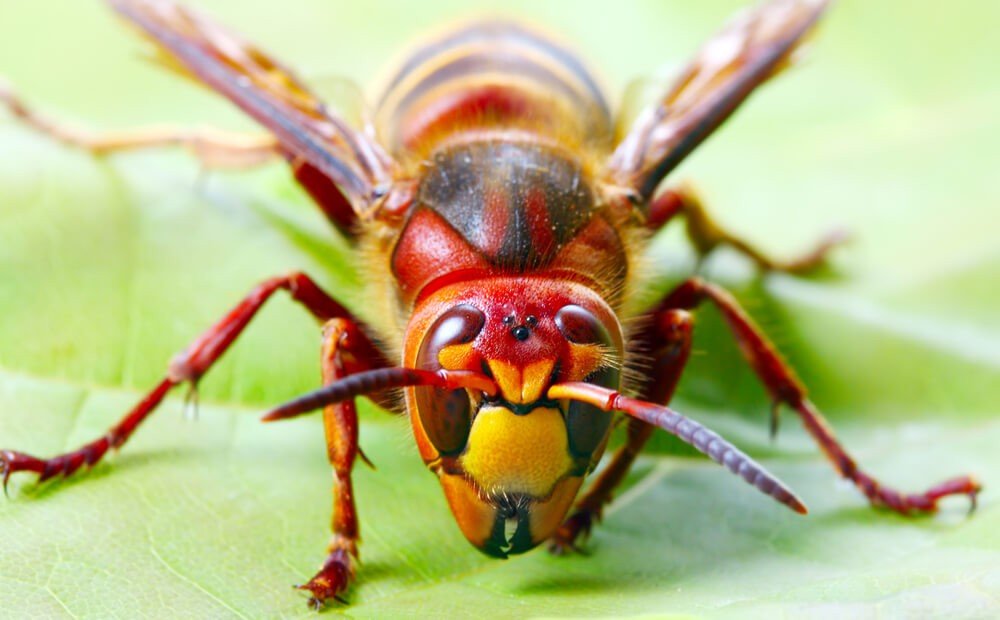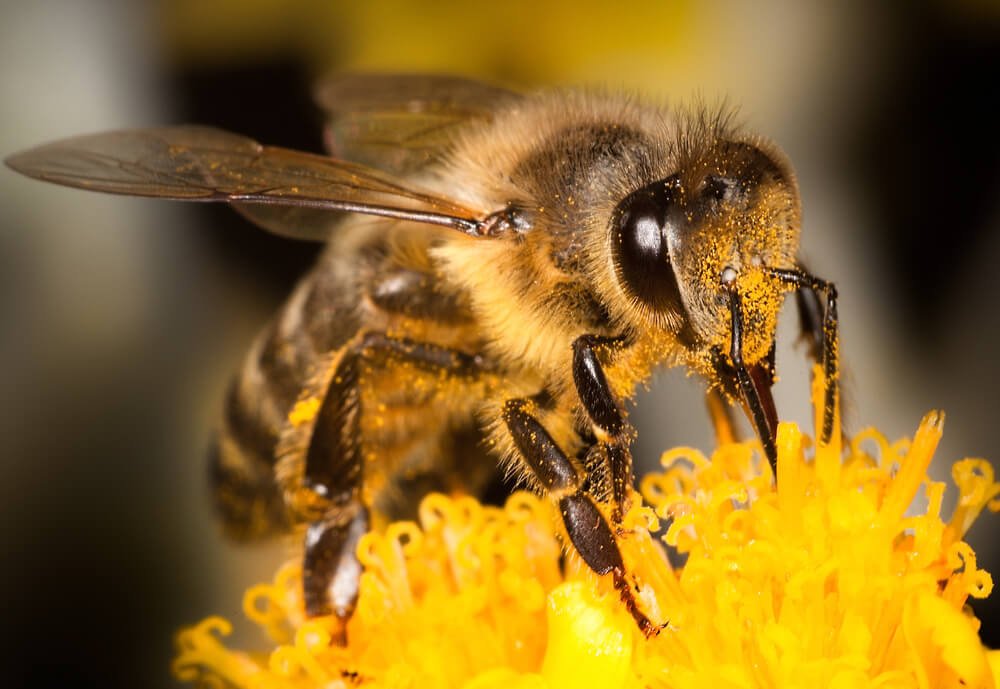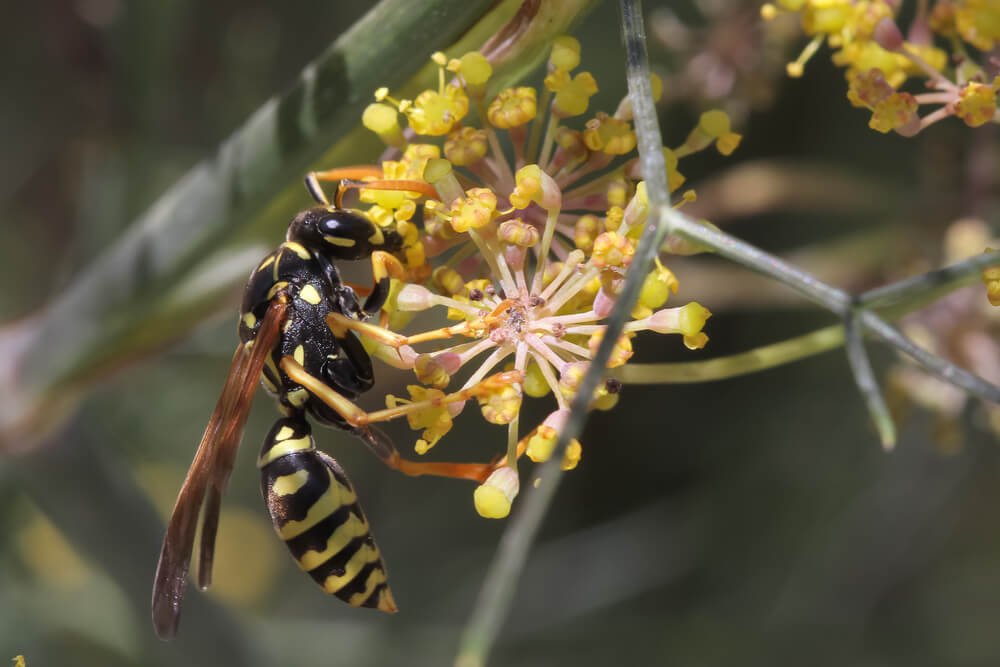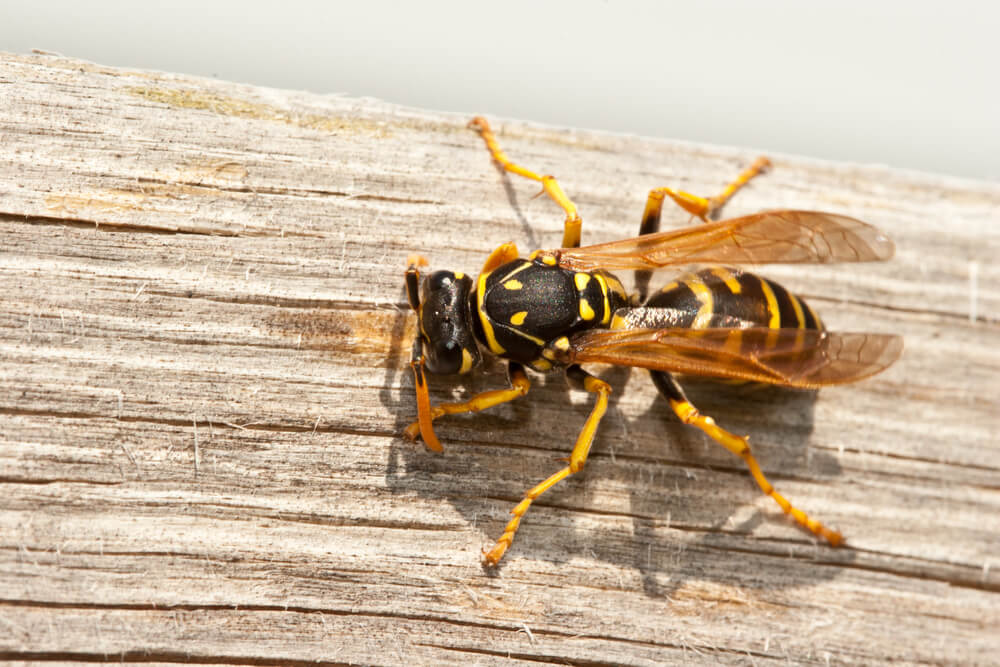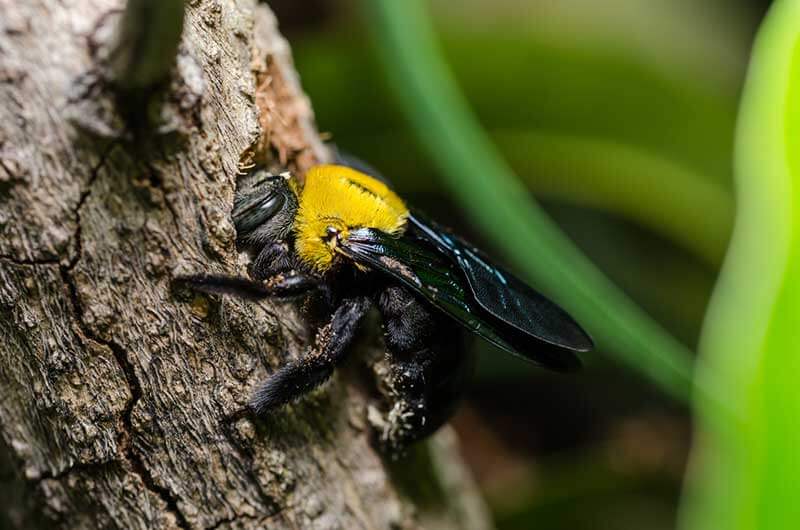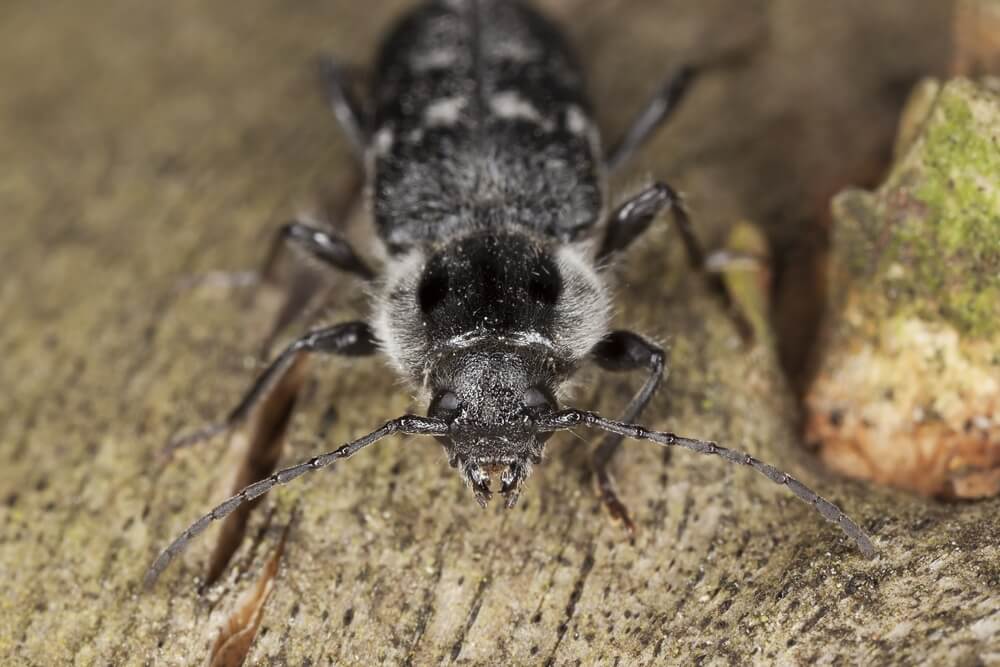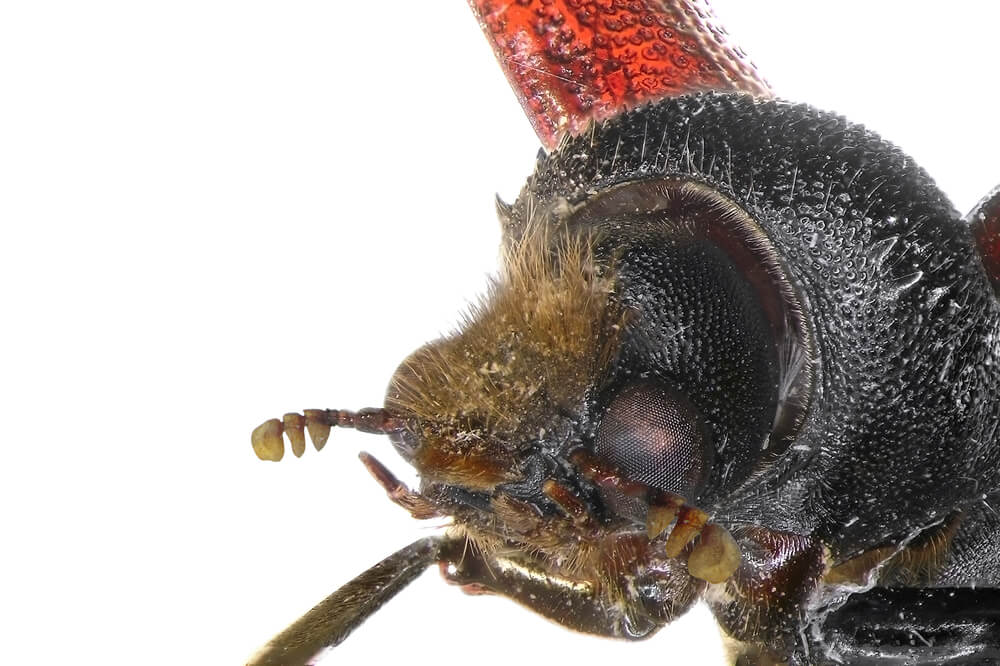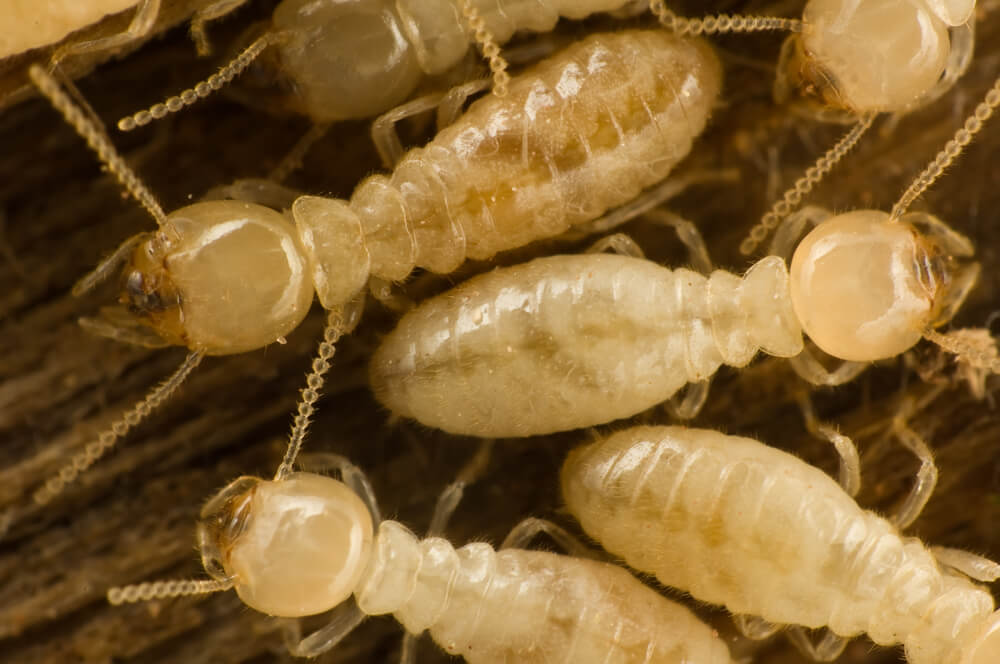Summary
This bug is about 1/2 inch long and 1/3 as wide. It is black with three red lines on the thorax, a red line along each side, and an oblique red line on each wing. The wings lie flat on the back when at rest. The young nymphs are red and gray. The population of bugs may number into the thousands.
Habitat
Boxelder bugs normally feed on the leaves, flowers, and seed pods of the boxelder tree or silver maple. Large infestations are usually on the female, or pod-bearing, tree. While they may feed on male boxelder trees and other trees and plants, they usually do not build up to such large numbers. The adults’ search for a place to overwinter brings them into houses where they hide in small cracks and crevices in walls, door and window casings, attics, and around the foundation. During warm days in winter and early spring they come out and scatter through the house. They are primarily a nuisance as they crawl or fly about in the rooms.
Life Cycle
The adult bugs lay eggs in the spring and the nymphs emerge in a few days. The nymphs are small and show more red than adults. These nymphs develop into adults during the summer, then mate and lay eggs which hatch into the nymphs of the second generation. Activity of nearly fully grown nymphs is noticed in August and September when they gather in large numbers on the trunks of boxelder trees. The migration of the adults begins at this time.
Damage
The boxelder bug becomes a pest in many houses each year in fall and spring. They do no damage by feeding, but their excrement spots on draperies are difficult to remove. The bugs cause little damage to trees.
Pest Control
Non-chemical control: Boxelder bugs do not feed on household structures, so there is no need for extensive chemical control in the house. The bugs can be cleaned up with a vacuum cleaner. Eliminate hiding places such as piles of rocks, boards, leaves, and general debris close to the house. Repair places where the bugs may enter the house, such as cracks around doors, windows, weather-boarding, and in the foundation. Chemical control: If the bugs become so numerous, chemical control may be necessary. It is usually best to treat the trees on which the bugs are feeding.






